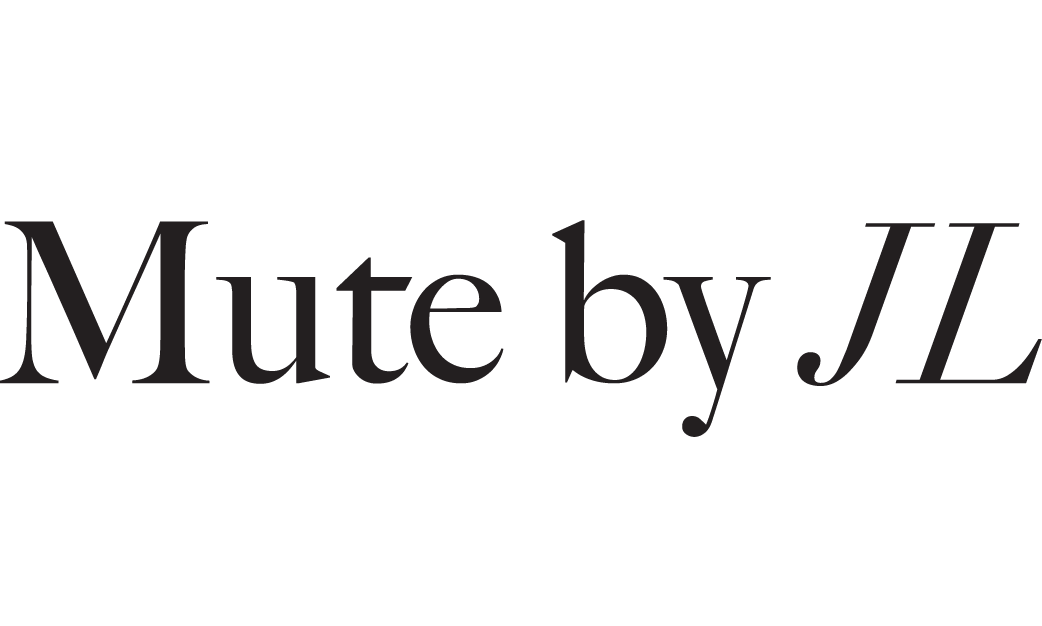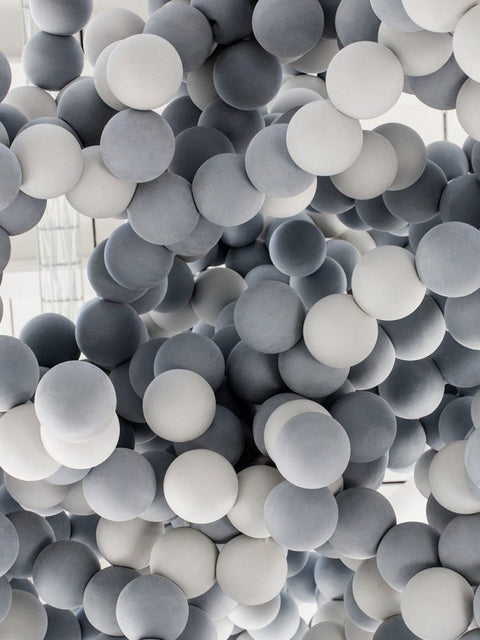A SNARKITECTURE PROJECT IS ABOUT OPENING UP THE POSSIBILITY, LEAVING THINGS AS OPEN QUESTIONS FOR PEOPLE THAT ARE COMING TO VISIT IT. THERE’S NOT NECESSARILY ANY PRESCRIBED MEANING — TO SAY IT’S ABOUT THIS OR ABOUT THAT — BUT HOPEFULLY, IT ALLOWS YOU TO WONDER.


Perched on a quartz topped column, beneath the crumbling, paint peeled dome of an 18th Century palazzo in Milan, Alex Mustonen is thinking about his legacy. Or rather, the legacy of his design firm, Snarkitecture, whose 2018 has been a banner year. They’ve celebrated their 10 year anniversary, published their first monograph with Phaidon, and have plans to mount a career spanning retrospective at Washington DC’s National Building Museum, opening this Fourth of July. “Ten years feels like a very long time,” says Mustonen of the busy practice’s milestone, “but it feels as though we’re now really starting to hit our stride.”

The moody Italian palace doesn’t just serve as a dramatic backdrop for ponderous self reflection. The trio, Mustonen, Daniel Arsham, and Benjamin Porto, have just installed their latest Salone del Mobile project there, a collaboration with quartz manufacturer Caesarstone, that explores water in its various states. It takes the shape of an ethereal amphitheatre circling a terraced fountain of quartz. On top, planetary spheres of ice drift and creak, melting into the running water only to rise again as steam. It’s the latest in a sprawling roster of projects — 75 of which are detailed in the book — that Snarkitecture have dreamed into life during their decade-long tenure. They’ve morphed museums into massive, giggling ball pits (The Beach, ongoing), choreographed a ballet of over sized balloons during a gala at the New Museum (Life, 2013), and filled the Storefront for Art and Architecture in New York entirely with pure white styrofoam, which they then invited viewers to watch as they excavated it with chisels and icepicks (Dig, 2011).

It’s often said the core genius of Snarkitecture’s projects are their simplicity. For a union that formed in the cerebral confines of New York’s Cooper Union (Mustonen, in architecture and Arsham, art, attended at the same time, while Porto joined the firm later on), their installations and interiors strike straight to the heart of what brings us the purest kinds of joy. There’s an unabashedly innocent jubilation involved in doing a cannonball into a ball pit, marvelling at pirouetting balloons, or digging an endless hole to nowhere. In conceiving their much celebrated work, Snarkitecture are like children, having been gifted with the most expensive and high-tech of toys, instead choosing to make a fort from the box. Or, in their case, the packing foam.

Cereal sat down with partner Alex Mustonen to talk about the past ten years, plans for the future, and what’s inspiring them now.
Cereal: Part of Snarkitecture’s mission statement is to the explore the territory between art and architecture, something that was certainly less common to see 10 years ago. How did you initially envision the practice?
AM: We envisioned a practice that could be architecturally influenced and architecturally driven, but also informed by the looseness of an art practice. It gave us a lot of creative freedom and a lot of flexibility to play the two sides off of one another. It lets us make things that are architectural in scale — or an actual structure or actual interiors — but have elements within those projects that seamlessly blend towards an art experience.

Cereal: How did you know that was going to work when you first began?
AM: We didn’t, it was definitely an experiment in the truest sense. We thought about it, and spent significant time discussing and planning. We were both self taught when it came to being entrepreneurs and starting our own practices, so there wasn’t an effective business plan. But we had a mission statement, and a very clear sense of the areas we wanted to be exploring. I think because of that, we had a very strong foundational core that we could stay true to throughout a range of different projects. To that end, when different things started coming in that maybe seemed unrelated or disparate, we were able to forge a single path through those projects. But honestly, it was something that I didn’t know if I’d still be doing it in six months time. But then six months goes by, and you say, maybe I’ll see what happens in a year. And at a certain point, it grew to a place where it felt like it had stability and legs, and we were able to start planning ahead a bit more.

Cereal: How does a does a Snarkitecture project come to life?
AM: Everything starts with actual paper on pencil sketching and a conversation between the three partners. We sit at a table in the studio, talk about the project, the site – if there is a brief that we might or might not respond to – constraints. But first and foremost, the discussion is: What does it feel like? What will the experience of the person visiting the project be? What are they seeing or touching or hearing or smelling? All of these experiential qualities. Not only from the first moment they walk in, but going through the threshold. Thinking about all the different moments within the space and how those things relate directly to a person – what they’re feeling and what they’re able to engage with.

Cereal: Where does Snarkitecture turn to for inspiration?
AM: For us, it’s thinking about the every day. I spend a lot of time walking. I really enjoy walking in the city, whether it’s in New York or somewhere that I’m visiting, and finding these strange architectural moments — like around the sidewalk or on the street. Discovering how unexpected materials or unexpected conditions combine to create something magical or weird. For Snarkitecture, we work with the everyday, objects that you might consider banal or simple. Either through repetition, scaling, manipulation or reimagining. We want to present those things in a way that’s elevated and unexpected — to present them in a new light. There are also older references as well. I spent last year going on a lot of house tours. I went to Abiquiu, New Mexico and saw Georgia O’Keeffe’s house. I spent time in Columbus, Indiana, because we did a project there, and visited the Miller House by Eero Saarinen. There’s something about the 50’s and 60’s that I really like. The land art and conceptual artist from that time, as well, is very inspiring to me on a personal level. Their approach to reduction, doing a lot with a very simple palette or minimal materials resonates with Snarkitecture.

Cereal: What are your goals for the future? What do you want to have accomplished in the next 10 years?
AM: I think one of the primary goals is – as these things are evolving and as the studio is growing and changing – to maintain the interest in having architecture perform the unexpected and staying true to what we’ve been doing. So in that sense, we’re not looking to change the mission of the practice or start a totally different type of research, but we are interested in finding new areas to operate in.
Cereal: A lot of young firms use what Snarkitecture has done in the past 10 years as a road map, how do you feel about having created that path?
AM: I think anything we’ve done to inspire younger designers is great. Artists, architects, creatives, designers, etc. We are trying to engage as many people into the conversation as possible and add to the general public’s understanding of why architecture and art are important, and how they impact our daily lives. On another level, that I think is more superficial, we see people engaged in creating spaces that are dedicated to social media or Instagram, and I think that, for us, we’ll just keep doing what we’re doing. For us, it’s about making sure we’re still executing at the highest level of quality and creating spaces that don’t necessarily just look good in images, but also have a visceral, tactile feel.

Cereal: What do you want people to take away from your projects?
AM: A Snarkitecture project is about opening up the possibility, leaving things as open questions for people that are coming to visit it. There’s not necessarily any prescribed meaning — to say it’s about this or about that — but hopefully, it allows you to wonder.


- WORDS: Laura May Todd
- PHOTOS: Matthew Johnson
- ORIGINAL POST: Readcereal

